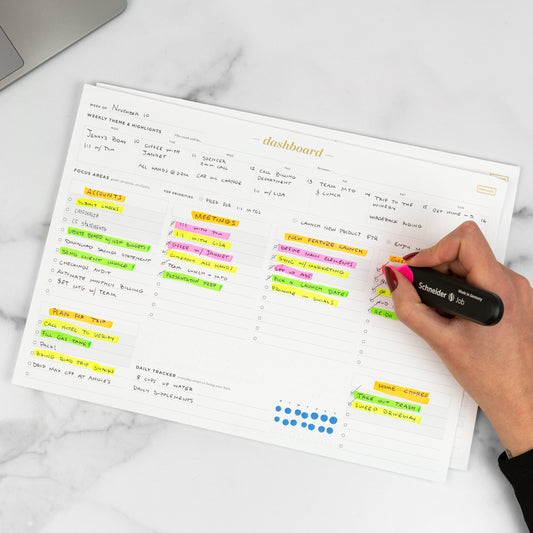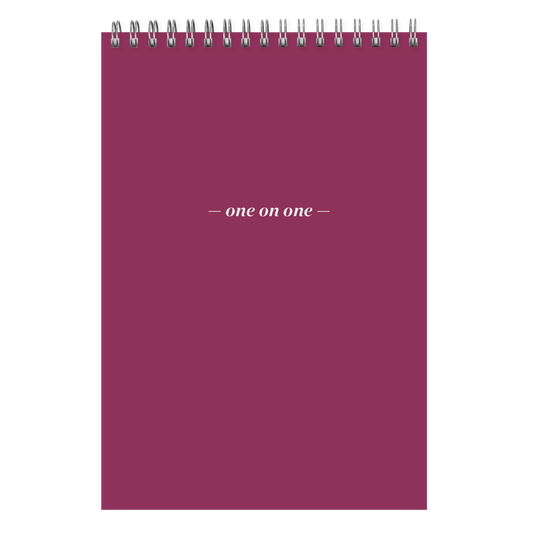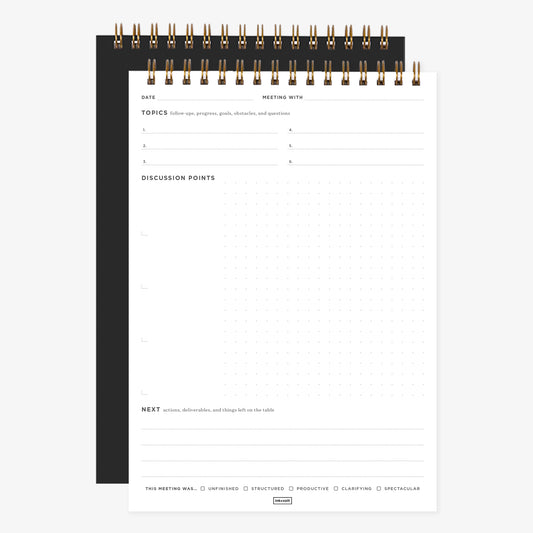There’s no doubt that a coloring page is relaxing.
Science shows that coloring calms the mind and eases anxiety, but if you’re looking to elevate your tranquility with a little bit of creativity, you may want to fancy up your coloring pages with some different coloring techniques.
The best part of adding a little flair to your coloring techniques is how good they look afterward and how easy it is! You won’t need any additional tools or expertise to add some extra oomph into your pages. Bringing your pages to life, whether they be a complex mandela or an elegant flower garden, only takes a little bit of imagination.
Here are a few coloring techniques that will make all the difference the next time your self-care routine calls for some creativity.
Shading
You can create lots of fun effects with shading. Creating shadows is just one of them.
Try this technique: when shading, choose the color on the opposite side of the color wheel to create a realistic shadow. So, if you’re using orange, try adding in a little blue to some sections to amplify the shadow effect. The contrast in color will help give a moody feeling and some depth to your coloring page or artwork. Blend them together to round out the effect.
Shading can also work for adding the appearance of reflective surfaces to your coloring page. Start by eyeballing where the reflection would be on the area you’re coloring, and leave that spot blank. Then fill your colors in around that spot, blending as necessary to make it appear smoother (if you wish). Lightly add a white colored pencil over everything to bring it all together, adding more and more white as you get closer to the “reflective” spot. If you’re coloring in a realistic scene, pay attention to where the light should be coming from (ie. the sun, a lamp, etc), and make sure your reflective spot is in a place where that light source would be hitting it.
Add your own texture
Just because a coloring page features solid walls or floors doesn’t mean they have to look that way! Employ some imagination and a clear ruler (this will help you get your drawing just right) and you can add brick, hardwood floors, or just about any material you can think of to your coloring pages. In forests, you can add patterns to trees or flower petals.
Adding elements to an existing coloring page leaves creativity completely up to the artist and lets the mind wander.
Without freehanding any additional elements, you can always crosshatch with colored pencils. This coloring technique is particularly useful for adding detail to clothing or fabric. Crosshatch is when you draw a bunch of little lines to create depth and texture instead of one solid block of color. Draw a lot of little lines, cross them, play around - each technique will create a slightly different look. Play with different widths and heaviness to achieve the look you’re after.
Color variation
This is one of the best coloring techniques to use if you’re working with colored pencils, watercolor paints, or pastels.
Expanding your color palate can make your picture much more realistic. A canopy of trees isn’t just green, but multiple shades of green, brown, and maybe even orange or black. Any organic surface isn’t just one static color; it is variations of the color as affected by light, texture, and other elements. You can color these areas in different colors and then, if necessary, go back in and blend them all together to create a smooth look.
Blending with colored pencils is quite easy if you start off with a light hand. To create a really smooth blend, consider using a solvent like a tiny bit of alcohol to move the colors around. Blending helps if you’re limited in colors or don’t have quite the shade you want.
With mediums like watercolors or pastels, blending is almost unavoidable. If you want to avoid blending, you can let watercolors dry before adding new shades, or spray your page with hairspray to lock in a section of pastel coloring.
Mix media and tools
Don’t be afraid to mix colored pencils with crayons or brush pens. Combining different tools can create a dynamic picture and highlight different elements within the page.
You can even go beyond colors and add glitter glue or puff paint to create dimension to the picture. This is great to add to starry skies, snowy surfaces and blossoming gardens.
No matter what your coloring page looks like, you can use coloring techniques to enhance the realism or creativity of your end result.








